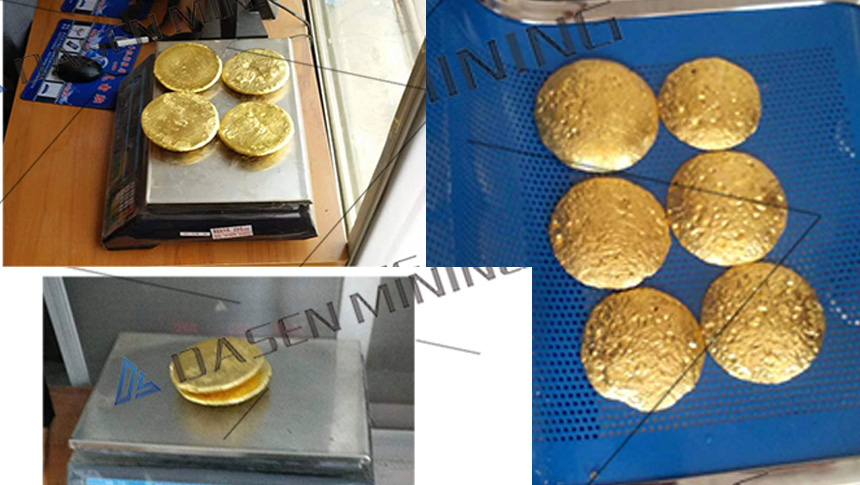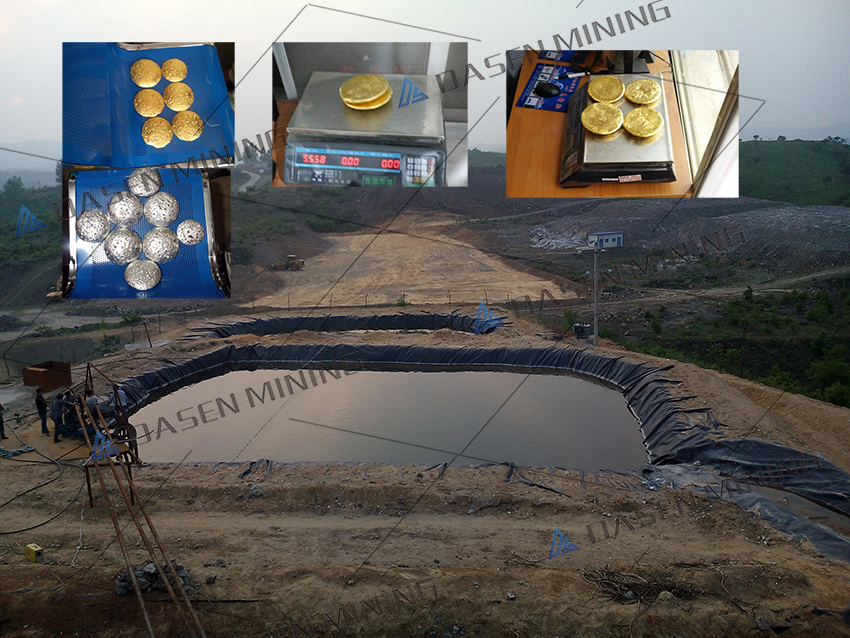
Gold leaching is a widely used method to extract gold from low-grade ores and concentrates. The process involves dissolving gold in a chemical solution, such as cyanide, to facilitate its extraction. While effective, gold leaching comes with several challenges and environmental concerns.
Key Challenges in Gold Leaching
Use of Toxic Cyanide
Cyanide is a highly effective leaching agent but poses significant risks to the environment and human health. This has led to growing interest in safer alternatives.
Ore Quality
The efficiency of gold leaching depends heavily on the quality of the ore. Low-grade ores often require additional processing, such as heat treatment or chemical enhancements, to extract gold effectively.
Operating Conditions
Factors like temperature, humidity, and oxygen levels inside the mine can significantly impact the leaching process. Careful monitoring is essential to maintain efficiency.

Innovations and Alternatives
Thiosulfate as a Safer Option
Thiosulfate has emerged as a non-toxic alternative to cyanide. It is environmentally friendly and, in some cases, more effective at extracting gold from low-grade ores.
Advances in Heap Leaching
Heap leaching is a cost-effective technique for low-grade ores. It involves spreading crushed ore over a large area and pouring chemical solutions over it. The solution dissolves the gold as it passes through the ore, enabling efficient extraction of even small amounts of gold.
Optimizing the Leaching Process
Technological advancements and careful management can improve gold leaching efficiency. By adopting environmentally friendly chemicals, leveraging innovations like heap leaching, and optimizing mine operating conditions, it is possible to maximize gold extraction from each ton of ore.
Gold leaching is a vital process for extracting gold from low-grade ores, but it faces challenges related to environmental impact, ore quality, and operating conditions. By embracing safer alternatives like thiosulfate and improving efficiency through technology, the industry can address these challenges while reducing its environmental footprint.




